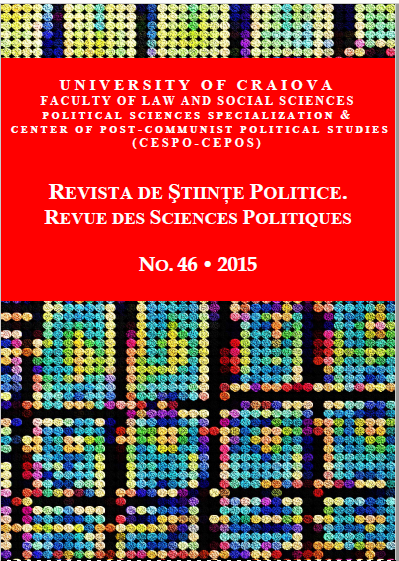Active and Passive Legal Standing in the Division Process: A Radiography of Property Rights and Judicial Procedure
Active and Passive Legal Standing in the Division Process: A Radiography of Property Rights and Judicial Procedure
Author(s): Raluca Lucia CismaruSubject(s): Civil Law
Published by: Editura Universitaria Craiova
Keywords: request for partition; active legal standing; passive legal standing; parties; third parties;
Summary/Abstract: Ownership state involves, by definition, the existence of several persons who jointly owned in property one or more goods. These persons are not forced to remain in joint tenancy, they may request the sharing of the common property right. This right may be exercised both by voluntary partition, conventional, and by legal partition, and each joint owner, exercising this right virtually realizes the power it has on the state of shared ownership, causing it to stop. Active and passive procedural legitimacy have, in the first place each joint owner. They can demand anytime the sharing of the common property. Besides those persons in the partition process, active and passive procedural legitimacy can also have other people who have legal relationships with the joint owners and who pursue the common good. This study aims to analyze the particularities of the parties in a request of partition, and to highlight the issues arising in the judicial practice who faced with the solving some complexes partition request.
Journal: Revista de Științe Politice. Revue des Sciences Politiques
- Issue Year: 2015
- Issue No: 46
- Page Range: 84-91
- Page Count: 8
- Language: English

